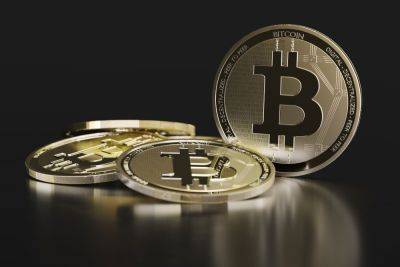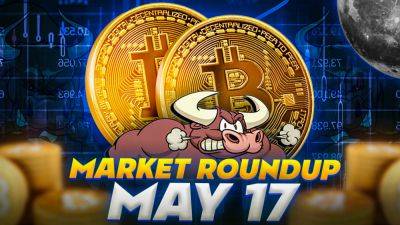Trust, UX and security in DeFi: Redefining the yield ecosystem with Cake DeFi CEO
The first quarter of 2023 provided much-needed relief to the entire crypto community — from investors and miners to businesses and developers — as Bitcoin’s (BTC) bull sprints helped crypto market participants recoup losses from prior investments.
However, not all sub-ecosystems managed to replicate the recovery with the same intensity. In particular, the decentralized finance (DeFi) sector suffered massive hacks, ultimately shaking investors’ confidence.
The DeFi ecosystem initially attracted investors seeking passive revenue streams, but 2022’s unforgiving bear market nullified many of the gains made from assets earned over time. As a result, both new and seasoned crypto entrepreneurs are now faced with the task of reinventing the DeFi wheel to offer sustainable investment opportunities as well as taking proactive measures to instill trust among investors.
Cointelegraph spoke on this topic with Julian Hosp, co-founder and CEO of Cake DeFi, taking a deep dive into what makes a DeFi ecosystem sustainable.
Cointelegraph: Crypto exchange volumes are recovering as a result of bull sprints, and nonfungible token volumes are up as well thanks to Bitcoin Ordinals — but volumes are still very low in DeFi despite promises of high yields. What went wrong?
Julian Hosp: On the contrary, the days of platforms touting sky-high yields are over. Today, we see yields adjusting at healthy, realistic, albeit much lower levels. We believe that this is actually a good sign, as it indicates that the industry is moving toward what we call “true DeFi.”
The corner of the crypto market that promised customers outrageous annual returns mainly attracted people looking to make a quick buck, those who were not necessarily true believers of DeFi.
F
Read more on cointelegraph.com













